Best Companion Plants For Penstemon Digitalis
Best Companion Plants for Penstemon Digitalis
Penstemon digitalis, also known as foxglove beardtongue, is a beautiful and versatile perennial plant that can add a touch of elegance to any garden. It is known for its long-lasting, trumpet-shaped flowers that come in a variety of colors, including red, pink, purple, and white.
Foxglove beardtongue is a relatively easy plant to care for, but it does best in full sun and well-drained soil. It is also drought-tolerant, so it is a good choice for gardens in hot, dry climates.
One of the best things about foxglove beardtongue is that it can be paired with a wide variety of other plants to create stunning garden combinations. Here are a few of the best companion plants for Penstemon digitalis:
- Baptisia australis (blue false indigo): This tall, upright plant has spikes of blue flowers that bloom in late summer. It is a good choice for creating a vertical accent in the garden.
- Liatris spicata (spicy gayfeather): This native wildflower has spikes of purple flowers that bloom in late summer. It is a good choice for attracting butterflies and other pollinators to the garden.
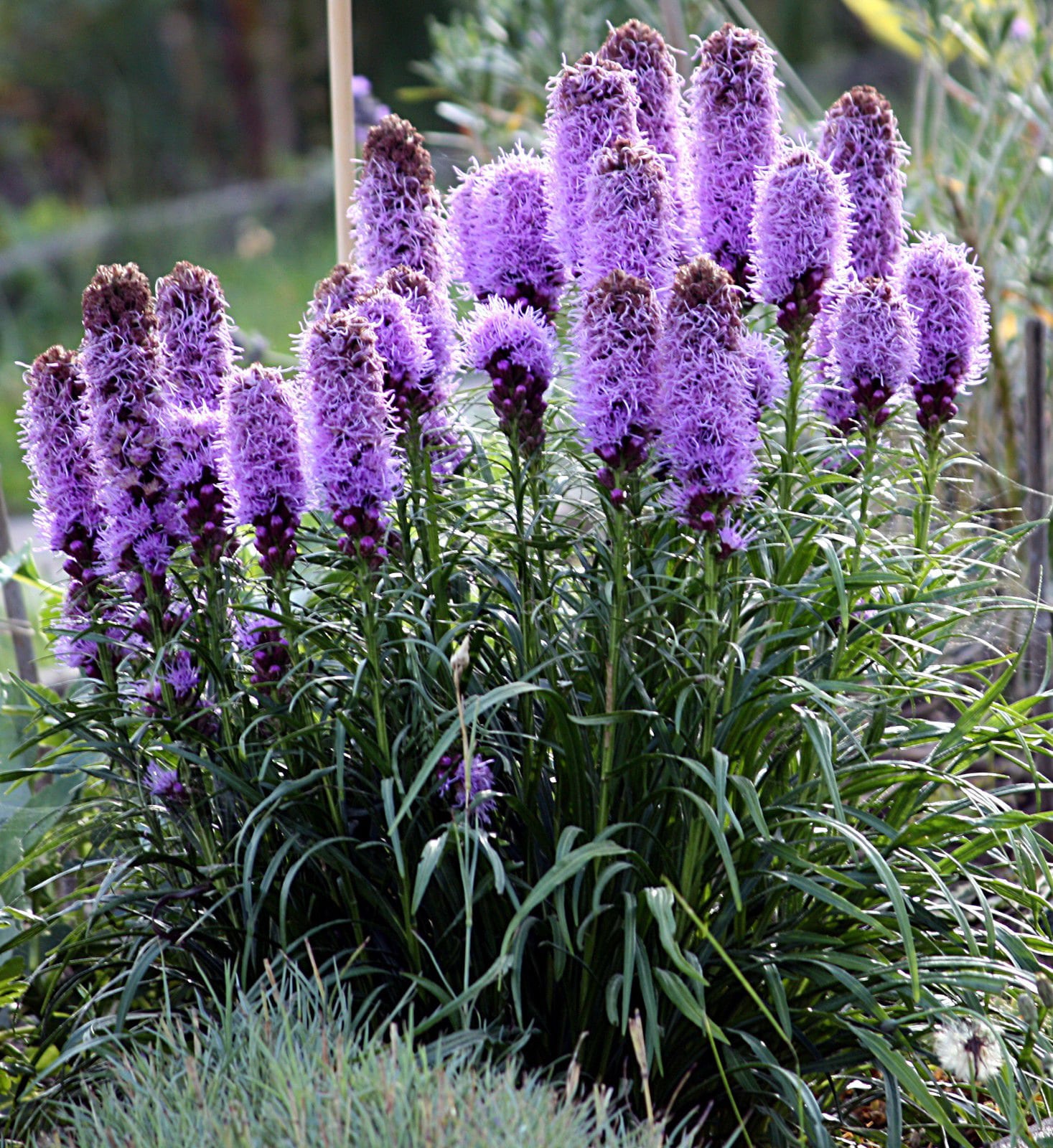
- Monarda fistulosa (wild bergamot): This fragrant plant has spikes of pink, purple, or white flowers that bloom in summer. It is a good choice for adding a touch of color and fragrance to the garden.
- Rudbeckia fulgida 'Goldsturm' (goldsturm): This tall, bushy plant has large, golden-yellow flowers that bloom in summer. It is a good choice for creating a bright focal point in the garden.
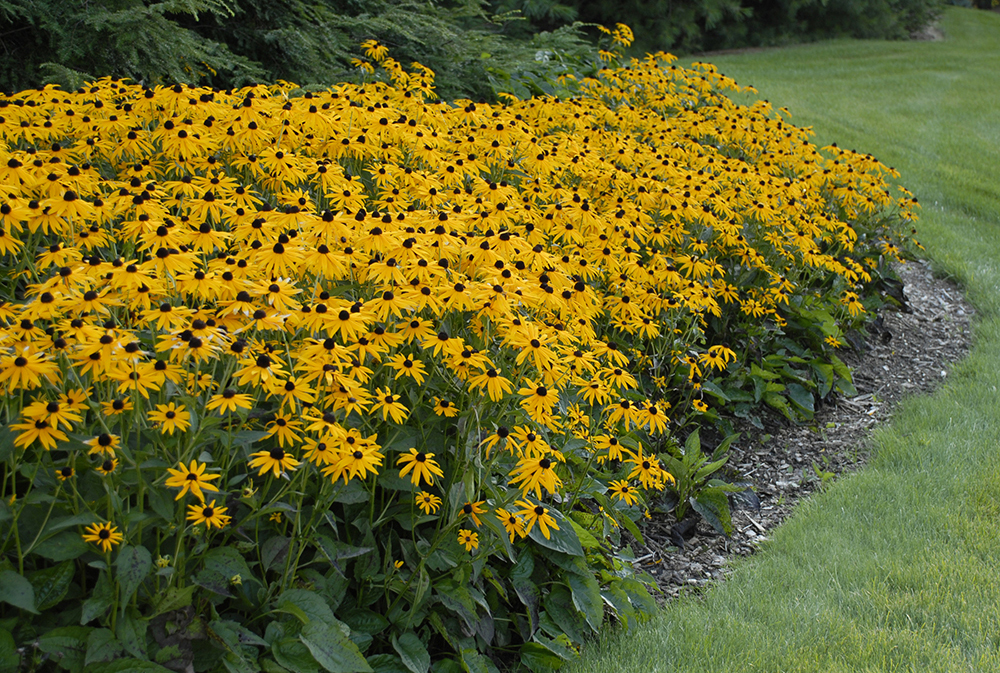
- Phlox paniculata (garden phlox): This carefree plant has large, showy flowers that come in a variety of colors, including pink, purple, white, and blue. It is a good choice for adding a touch of color and texture to the garden.
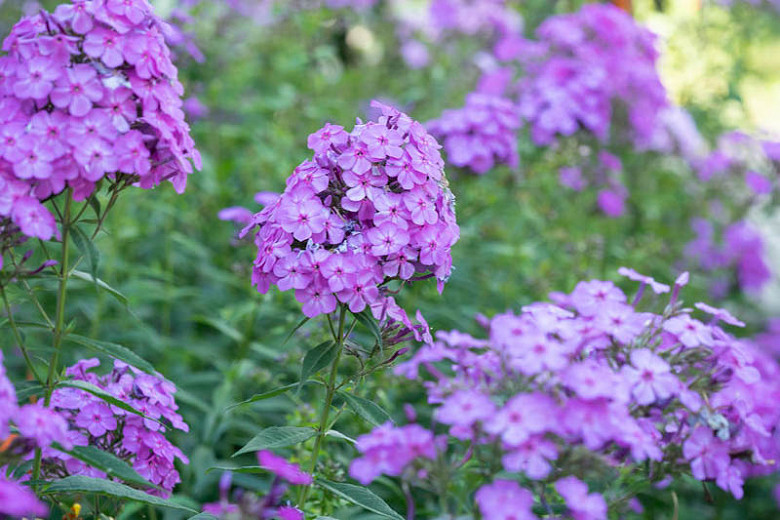
These are just a few of the many great companion plants for Penstemon digitalis. When choosing companion plants, it is important to consider the plant's size, color, and bloom time. By choosing plants that complement each other, you can create a stunning and harmonious garden display.
Penstemon digitalis, also known as foxglove beardtongue, is a beautiful perennial plant that blooms in shades of blue, pink, and white. It is a great addition to any garden, but it can be even more stunning when paired with the right companion plants.
Some of the best companion plants for penstemon digitalis include:
- Hydrangea quercifolia (oakleaf hydrangea)
- Fothergilla gardenii (dwarf fothergilla)
- Baptisia 'Purple Smoke' (false indigo)
- Rudbeckia fulgida 'Goldsturm' (black-eyed Susan)
- Amsonia tabernaemontana (blue star)
- Sisyrinchium angustifolium (blue-eyed grass)
These plants all have similar growing conditions and bloom at the same time as penstemon digitalis, so they will create a beautiful and harmonious display in your garden.
For more information about companion plants for penstemon digitalis, please visit Gardenia Inspiration. This website has a wealth of information on the topic, including plant descriptions, photos, and planting tips.
FAQ of penstemon digitalis companion plants
Question 1: What are some good companion plants for Penstemon digitalis?
Answer: Penstemon digitalis, also known as foxglove beardtongue, is a tall, herbaceous perennial that blooms in white, pink, or purple flowers. It is a popular choice for gardens because it is drought-tolerant and attracts hummingbirds and butterflies. Some good companion plants for Penstemon digitalis include:
- Beebalm (Monarda didyma)

- Obedient plant (Physostegia virginiana)
- Blue star (Amsonia hubrichtii)
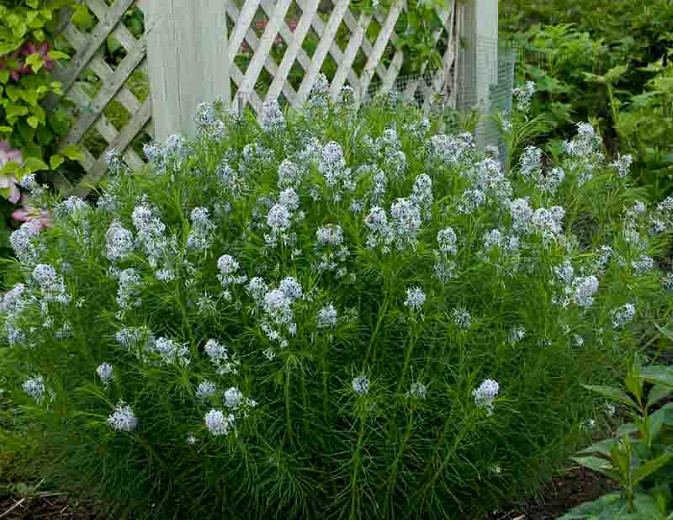
- New England aster (Symphyotrichum novae-angliae)
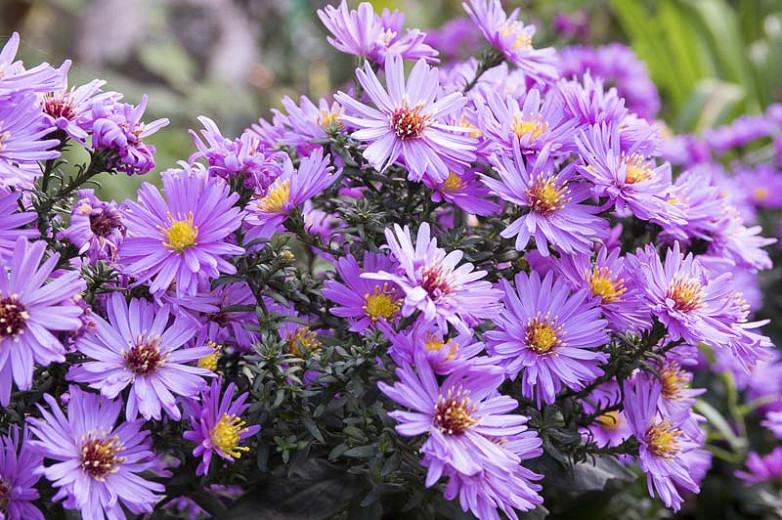
- Turtlehead (Chelone glabra)

These plants have similar growing conditions to Penstemon digitalis and will help to create a vibrant and pollinator-friendly garden.
Question 2: What are the benefits of planting companion plants with Penstemon digitalis?
Answer: There are several benefits to planting companion plants with Penstemon digitalis. Companion plants can help to:
- Improve the health and vigor of Penstemon digitalis by attracting beneficial insects and repelling pests.
- Extend the bloom time of Penstemon digitalis by providing nectar and pollen for pollinators.
- Create a more visually appealing garden by adding contrast in height, color, and texture.
- Help to suppress weeds by competing for resources.
Question 3: How far apart should Penstemon digitalis and its companion plants be planted?
Answer: The spacing between Penstemon digitalis and its companion plants will depend on the size of the plants. In general, it is a good idea to space Penstemon digitalis plants about 18-24 inches apart and companion plants about 12-18 inches apart. This will allow the plants to have enough space to grow and thrive.
Question 4: What are some tips for planting Penstemon digitalis and its companion plants?
Answer: Here are some tips for planting Penstemon digitalis and its companion plants:
- Choose a location that receives full sun to partial shade.
- Plant in well-drained soil.
- Amend the soil with compost or other organic matter before planting.
- Water the plants deeply after planting.
- Mulch around the plants to help retain moisture and suppress weeds.
Question 5: What are some common pests and diseases that affect Penstemon digitalis?
Answer: Penstemon digitalis is generally a pest- and disease-resistant plant. However, it can be susceptible to aphids, spider mites, and powdery mildew. If you notice any pests or diseases on your plants, you can treat them with insecticidal soap, neem oil, or other organic pesticides.
Image of penstemon digitalis companion plants
- Coneflower (Echinacea): This tall, daisy-like flower blooms in shades of pink, purple, and white. It attracts butterflies and other pollinators.

- Daylily (Hemerocallis): This long-blooming perennial comes in a variety of colors, including yellow, orange, pink, and red. It is drought-tolerant and easy to care for.

- Yarrow (Achillea millefolium): This hardy perennial blooms in shades of white, yellow, and pink. It is a good choice for attracting butterflies and other pollinators.
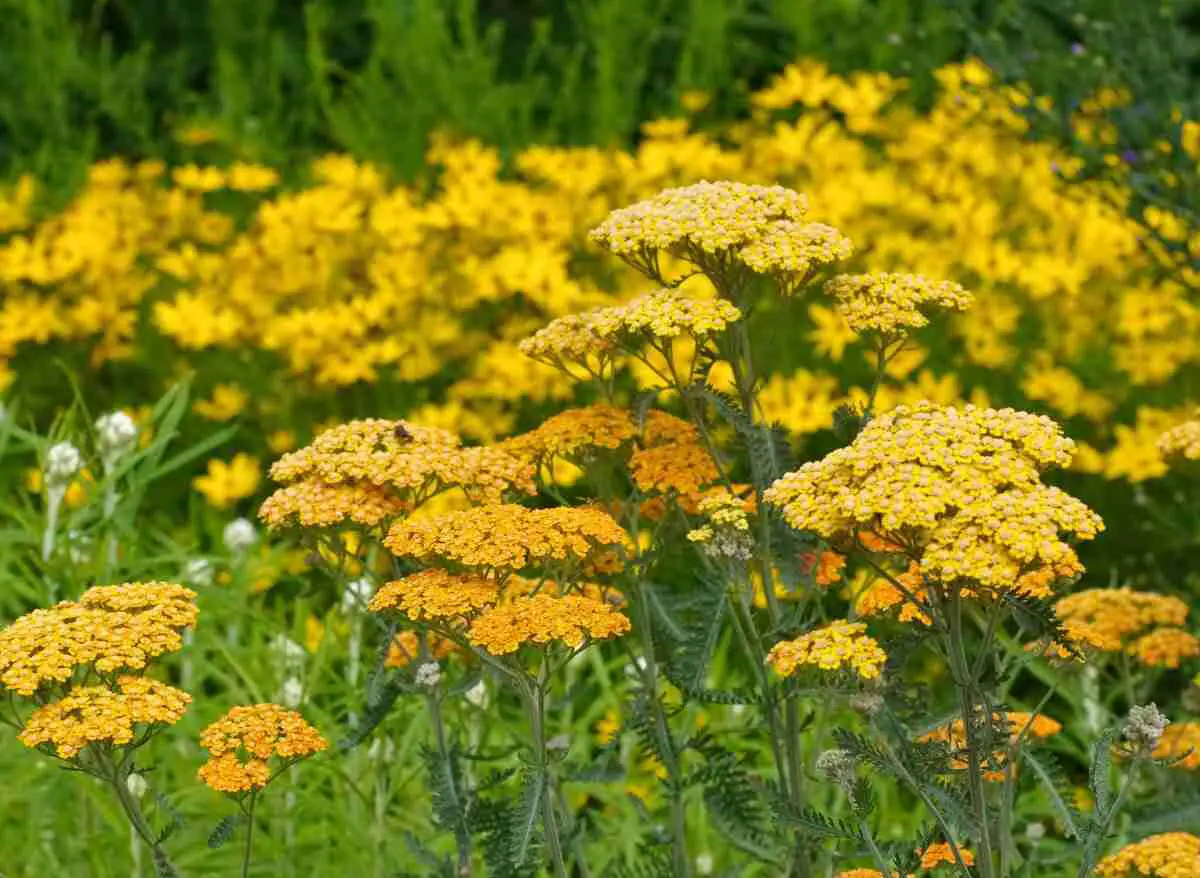
- Salvia (Salvia spp.): This genus includes many different species of salvia, all of which are known for their colorful flowers. Salvias are drought-tolerant and attract butterflies and other pollinators.

- Beebalm (Monarda didyma): This native North American plant blooms in shades of pink, red, and purple. It is a good choice for attracting bees and butterflies.

Post a Comment for " Best Companion Plants For Penstemon Digitalis"